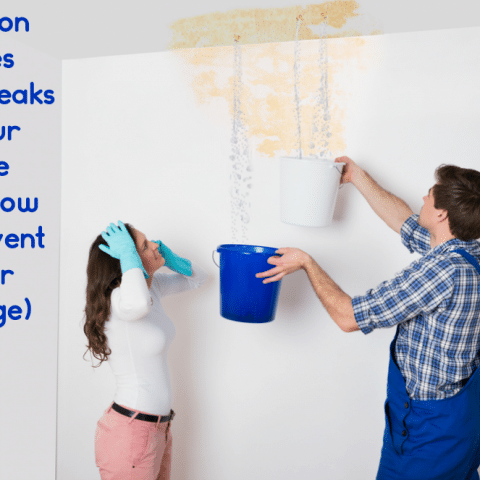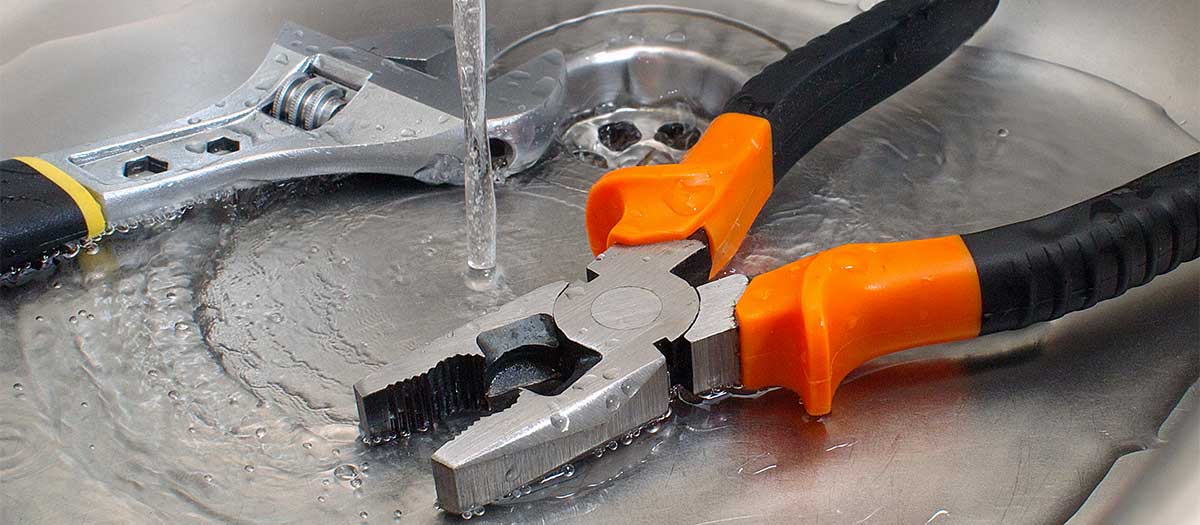We've found this post pertaining to Finding hidden leaks below on the net and concluded it made perfect sense to discuss it with you on this site.

Early detection of dripping water lines can minimize a possible calamity. Some little water leaks may not be visible.
1. Examine the Water Meter
Every house has a water meter. Examining it is a guaranteed manner in which assists you discover leakages. For beginners, switch off all the water resources. Make certain no one will certainly purge, utilize the tap, shower, run the cleaning device or dishwashing machine. From there, most likely to the meter and also watch if it will certainly change. Given that nobody is utilizing it, there should be no motions. That shows a fast-moving leak if it relocates. If you spot no adjustments, wait an hour or two and inspect back again. This means you might have a slow leakage that might also be underground.
2. Examine Water Intake
Assess your water expenses and also track your water usage. As the one paying it, you must discover if there are any type of discrepancies. If you identify sudden changes, in spite of your intake being the same, it implies that you have leaks in your plumbing system. Keep in mind, your water costs should drop under the same array every month. An unexpected spike in your expense indicates a fast-moving leakage.
A steady increase every month, also with the very same routines, shows you have a slow-moving leak that's additionally gradually intensifying. Call a plumber to completely inspect your property, particularly if you feel a cozy location on your flooring with piping below.
3. Do a Food Coloring Test
When it comes to water intake, 30% comes from commodes. If the color in some way infiltrates your dish during that time without flushing, there's a leakage between the storage tank as well as bowl.
4. Asses Outside Lines
Do not forget to examine your exterior water lines as well. Needs to water seep out of the connection, you have a loosened rubber gasket. One small leakage can squander heaps of water as well as increase your water bill.
5. Evaluate as well as Evaluate the Scenario
Property owners need to make it a habit to inspect under the sink counters and even inside closets for any type of bad odor or mold and mildew development. These 2 red flags suggest a leakage so prompt focus is required. Doing routine inspections, also bi-annually, can save you from a major issue.
Inspect for discolorations as well as weakening as most pipes and also devices have a life span. If you think leaking water lines in your plumbing system, do not wait for it to intensify.
Early discovery of leaking water lines can minimize a prospective catastrophe. Some small water leaks may not be visible. Checking it is a guaranteed method that aids you uncover leakages. One tiny leak can throw away lots of water and increase your water bill.
If you believe leaking water lines in your plumbing system, do not wait for it to intensify.
WARNING SIGNS OF WATER LEAKAGE BEHIND THE WALL
PERSISTENT MUSTY ODORS
As water slowly drips from a leaky pipe inside the wall, flooring and sheetrock stay damp and develop an odor similar to wet cardboard. It generates a musty smell that can help you find hidden leaks.
MOLD IN UNUSUAL AREAS
Mold usually grows in wet areas like kitchens, baths and laundry rooms. If you spot the stuff on walls or baseboards in other rooms of the house, it’s a good indicator of undetected water leaks.
STAINS THAT GROW
When mold thrives around a leaky pipe, it sometimes takes hold on the inside surface of the affected wall. A growing stain on otherwise clean sheetrock is often your sign of a hidden plumbing problem.
PEELING OR BUBBLING WALLPAPER / PAINT
This clue is easy to miss in rooms that don’t get much use. When you see wallpaper separating along seams or paint bubbling or flaking off the wall, blame sheetrock that stays wet because of an undetected leak.
BUCKLED CEILINGS AND STAINED FLOORS
If ceilings or floors in bathrooms, kitchens or laundry areas develop structural problems, don’t rule out constant damp inside the walls. Wet sheetrock can affect adjacent framing, flooring and ceilings.
https://www.servicemasterbyzaba.com/blog/how-to-detect-water-leakage-in-walls/

I stumbled upon that page on Leaking water lines when doing a search on the search engines. Sharing is caring. You never know, you may very well be helping someone out. Thank-you for going through it.
Trusted by locals for emergencies.